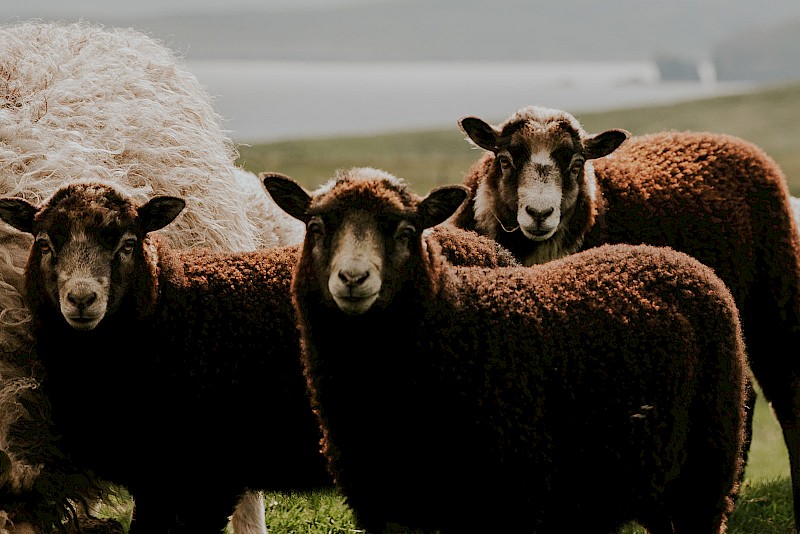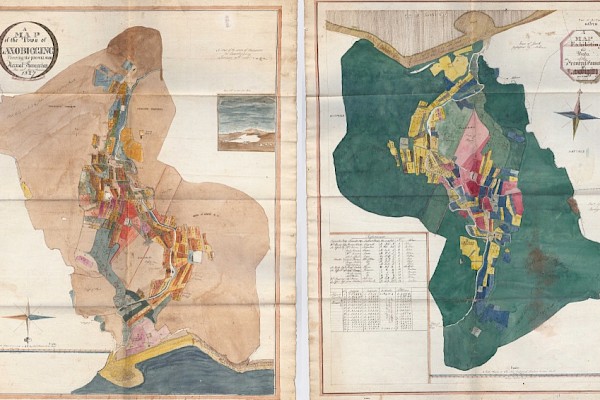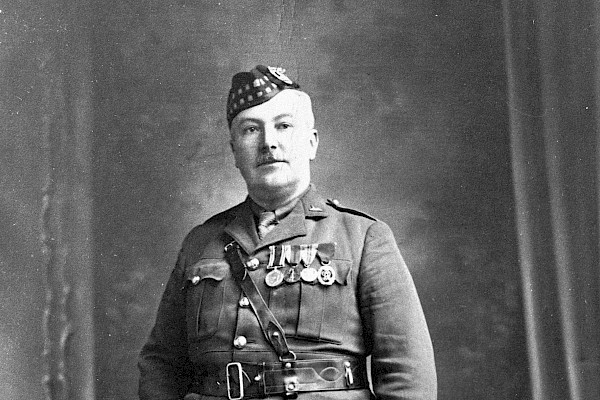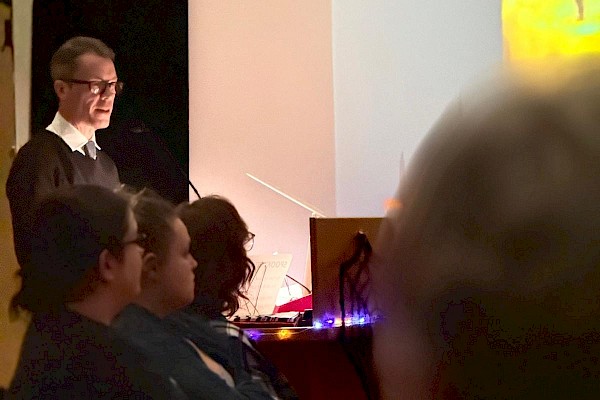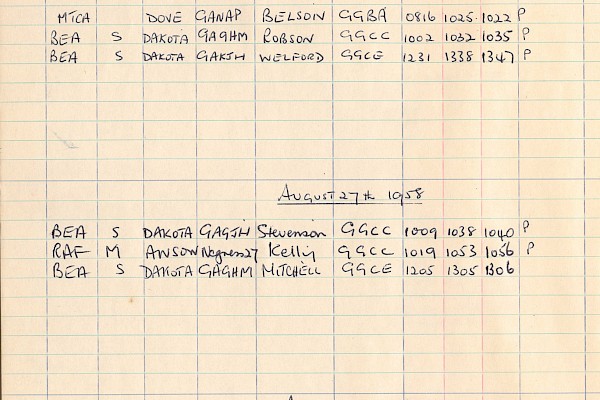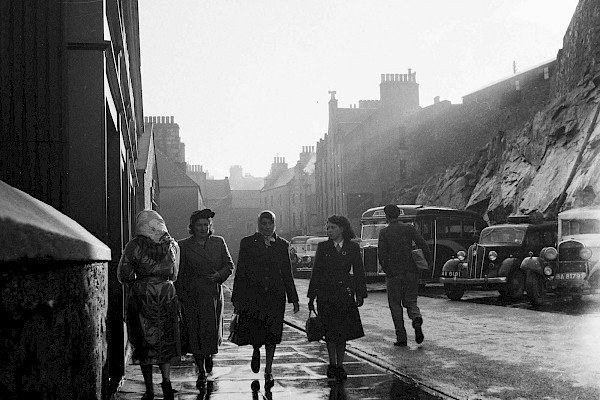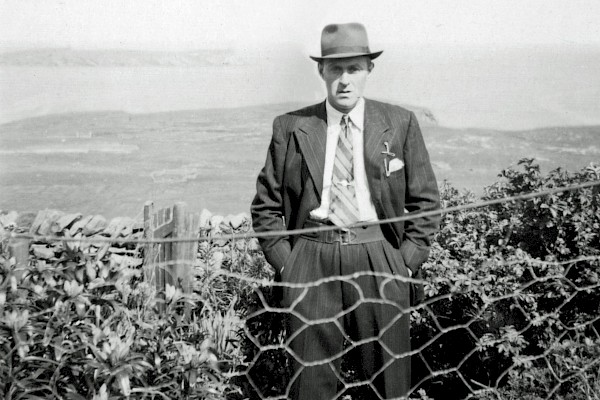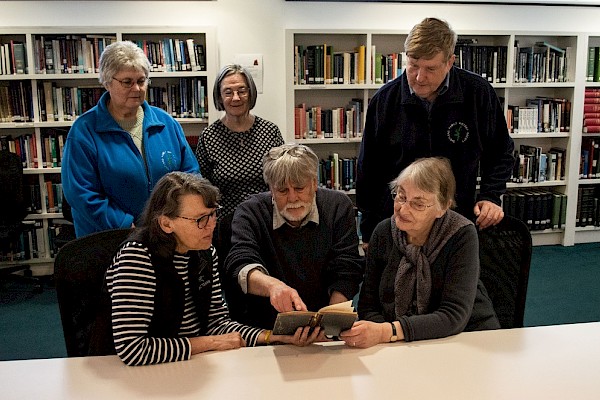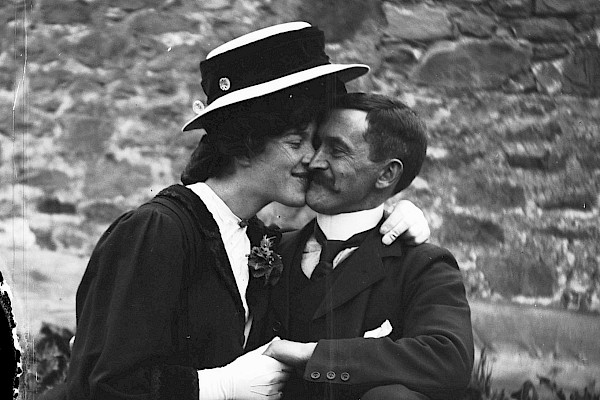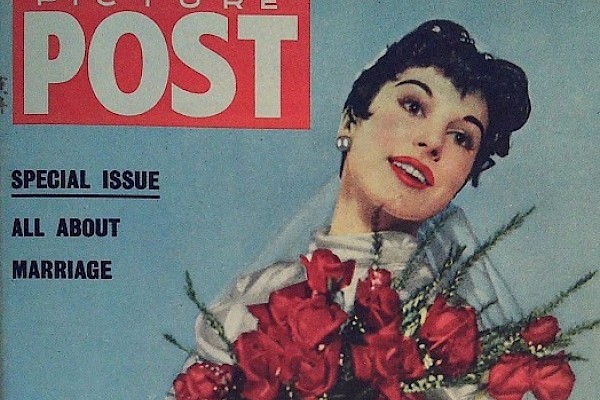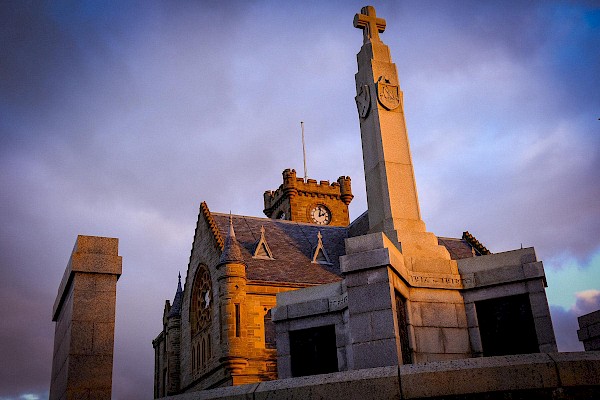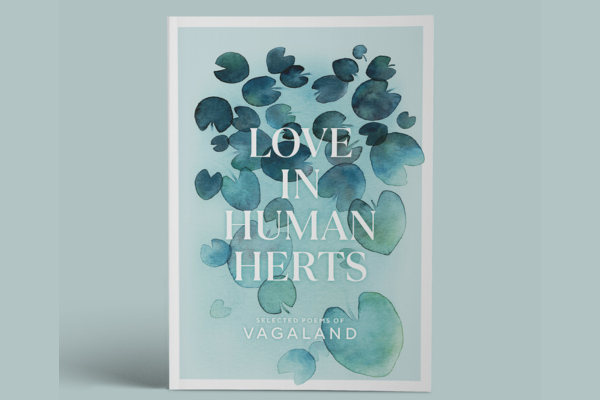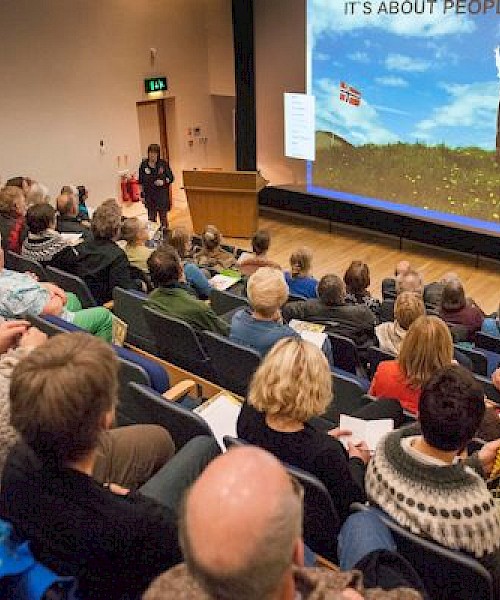Explore Thomas Irvine's sheep book on our online archive catalogue. Woollies - this is one for you!
Wool Week is upon us, posters have been printed, the annuals (thousands) are being packed and sent off, and visitors (a lot) have arrived at the Shetland Museum & Archives. Time to think about sheep and sheepie things. In the Archives, towards the end of the Thomas Irvine of Midbrake papers, there’s small stash of sheep information. But first, a word or two about Thomas Irvine.
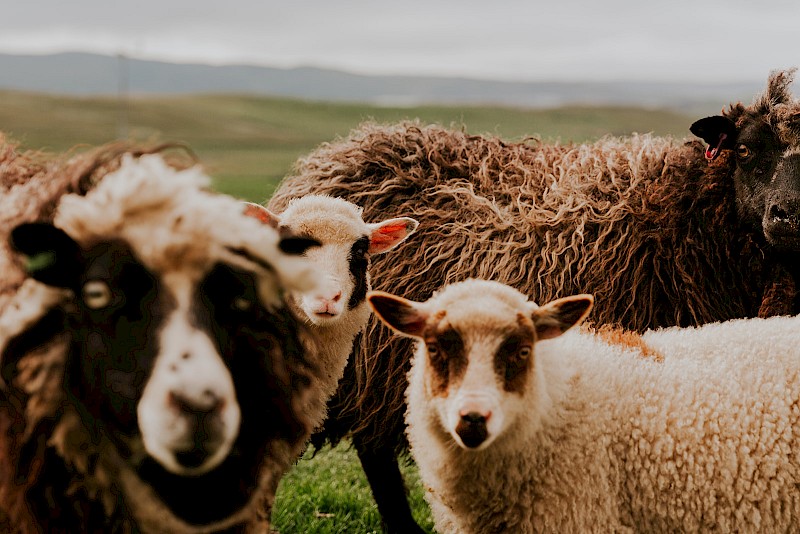
He was born in the Haa of Midbrake, North Yell, in 1788, and he was to die there in 1877. Midbrake was a small estate acquired through marriage by his grandfather Thomas, who was said to have been one of the last people to have some of the Norn language. Young Thomas had a great interest in things Shetland, even though he moved to London as a young man and taught in the Revd. John Townsend’s school for the deaf in Bermondsey.
He thought a lot about home – we also have his address book of Shetlanders in London, and the printed regulations for the Zetland Patriotic Society of London. He came back in 1820, living in Midbrake and making a living as a surveyor. His papers are full of plans and calculations, memoranda, letters, reports and so on, the writing deteriorating as he worked into old age. He saw much more of Shetland than almost any other person of his era, surveying from Sumburgh to Unst, but the surveying didn’t pay well, and Midbrake was deeply in debt by the time he died.
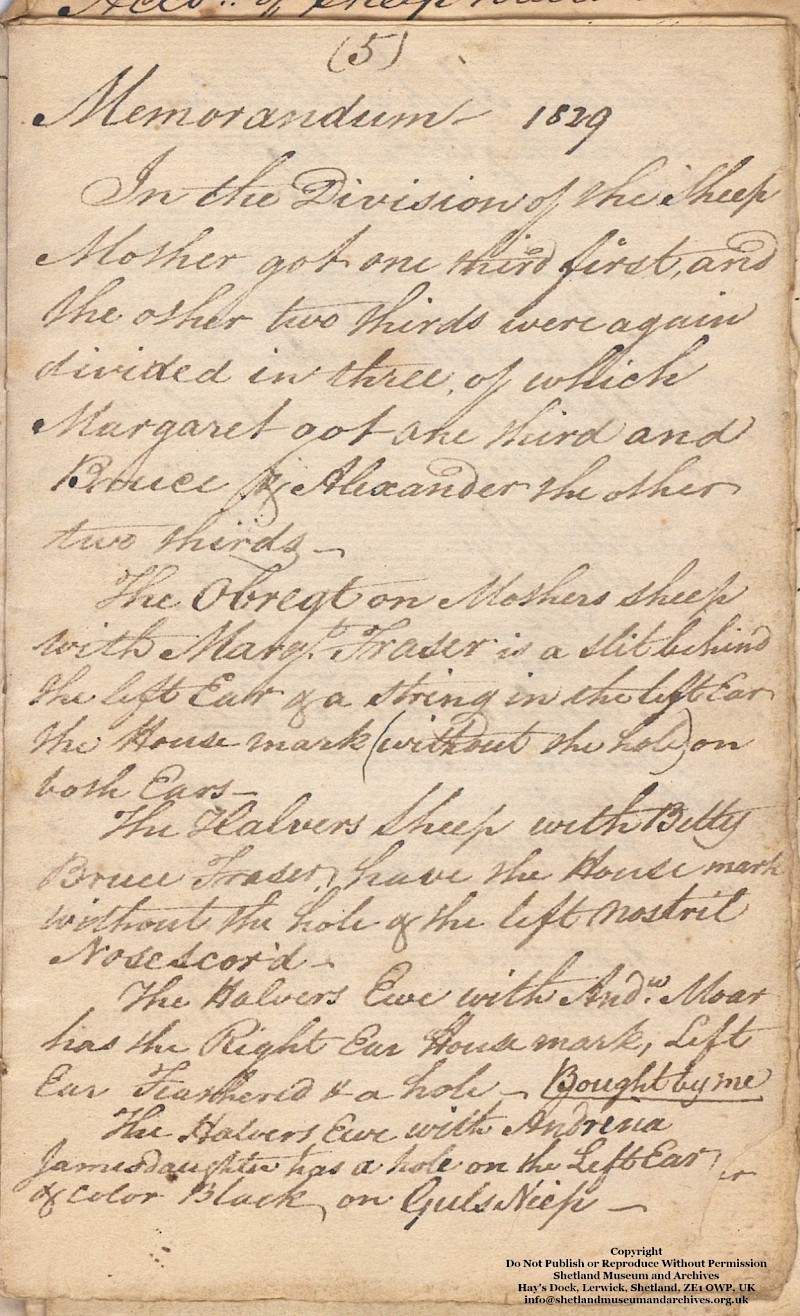
Since money was always short it isn’t surprising that Thomas had to pay close attention to the estate stock. So we have material about the cattle and sheep lug marks, and his ‘sheep book.’ It runs from 1829 to 1877. The spelling and handwriting can take a while to get used to, and it would help to make yourself familiar with the placenames of North Yell. Better still, find someone who is familiar with sheep and scattald regimes in North Yell at the present - many a tale might result.
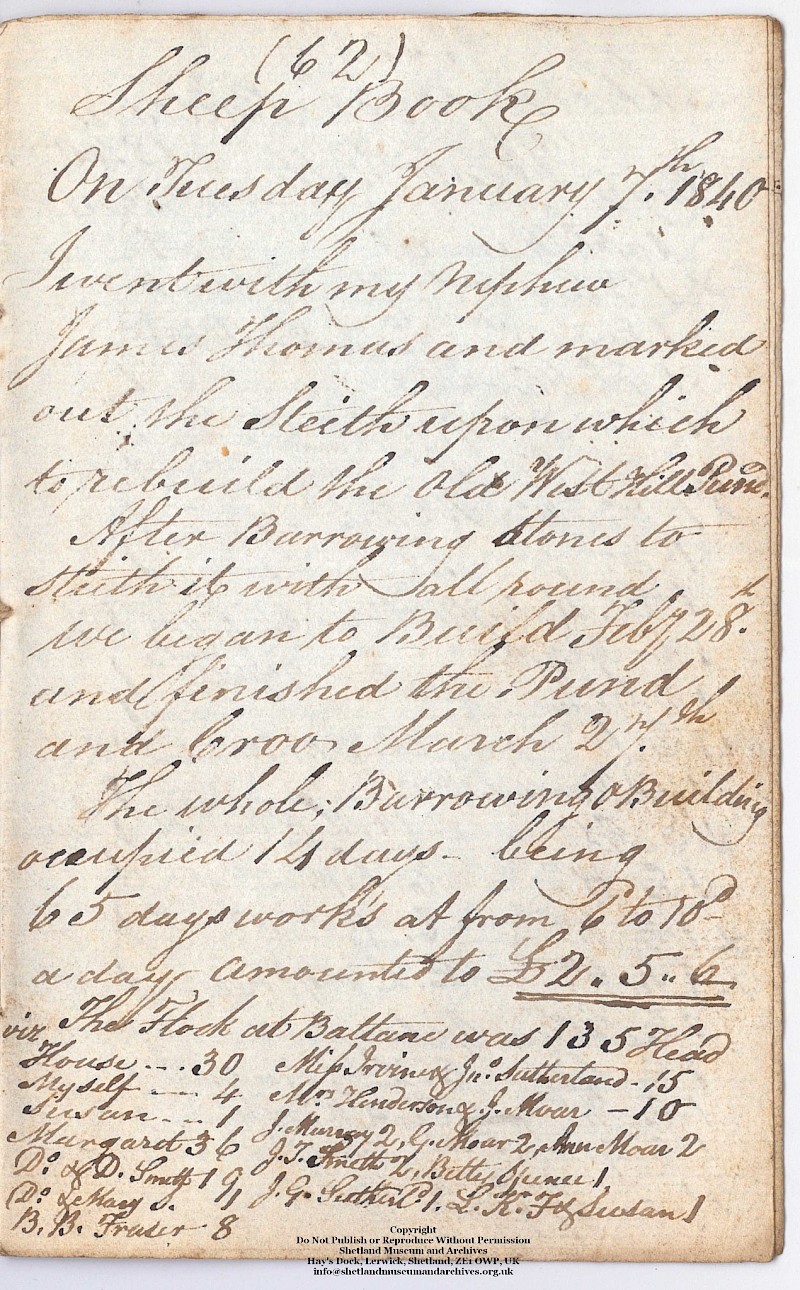
The first part has the East Hill sheep for 1829 totalled up, and who owned what. Wilhelmina Johnsdaughter had four. There’s a pencil arrow mark between her and John Johnson. It’s tempting to think that was the “John” she was the daughter of, but that’s a lot to imply from a pencil mark and some sheep. Marks for halvers sheep – sheep shared with another party get listed. There’s notes of sheep shared out in the immediate Irvine family – To little James Thomas given him by his grandmother … That sounds like James Thomas Irvine, Thomas’s nephew and heir, who became important in architectural restoration in England. J.T. got an introduction to reconstruction in January 1840 – I went with my nephew James Thomas and marked out the steith [site] upon which to rebuild the old West Hill Pund. Along with this are list of workers at the site, and the costs. Sheep infrastructure.
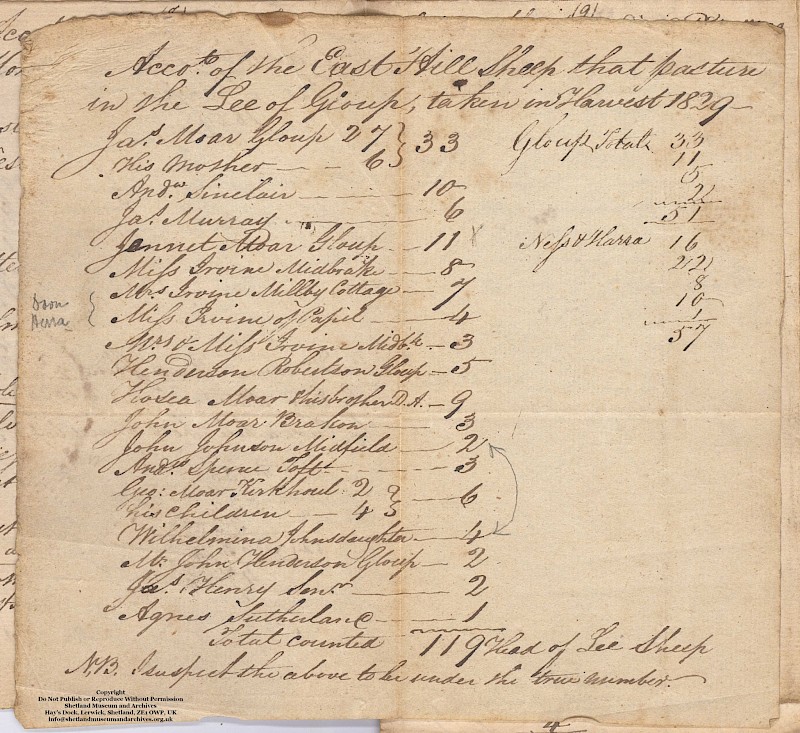
Sheep really don’t all look alike, and need to be identified. Black, white, gray, and moorit all appear, katmogit too, but also less usual terms like bielsit and kappit. A poster showing Shetland sheep colourings was available at one time. You could check the Thomas Irvine material against it, perhaps with a Shetland dialect dictionary to hand as well. Prepare to spend some time -- it cud even tak you awa fae your makkin -- there’s nearly a hundred and fifty pages. Enjoy.
